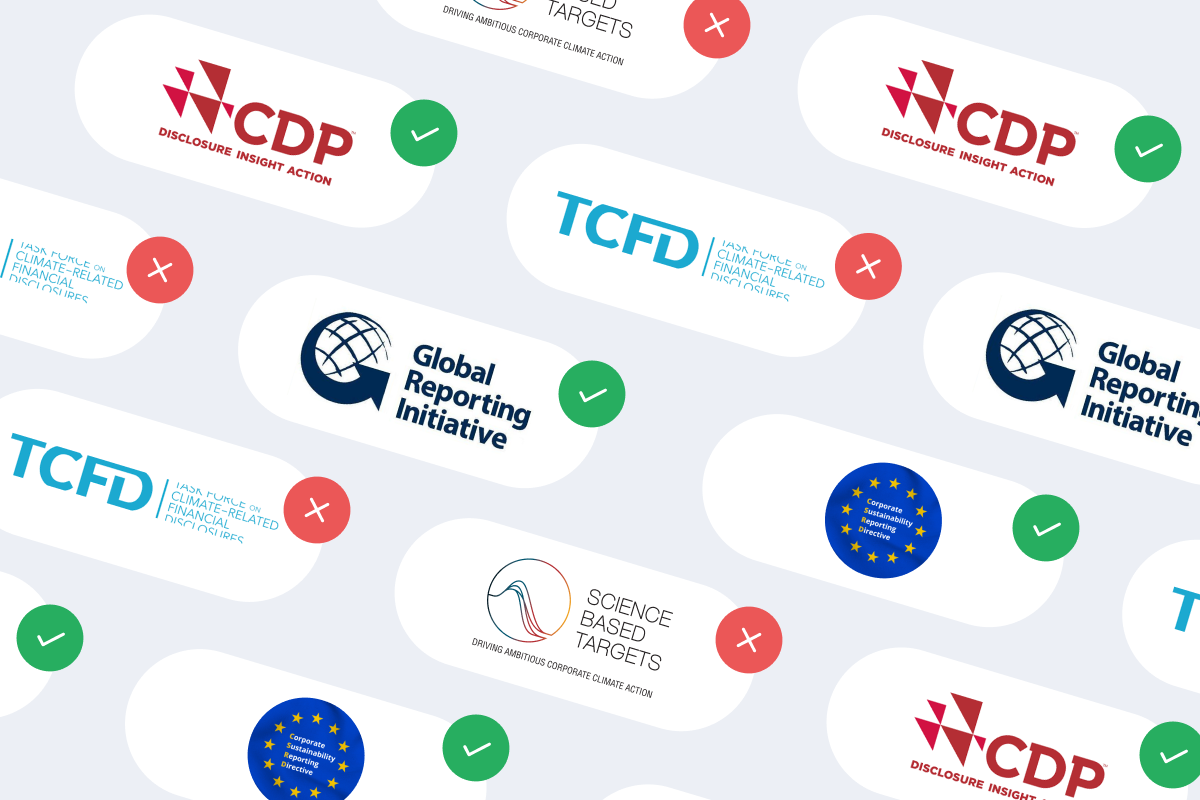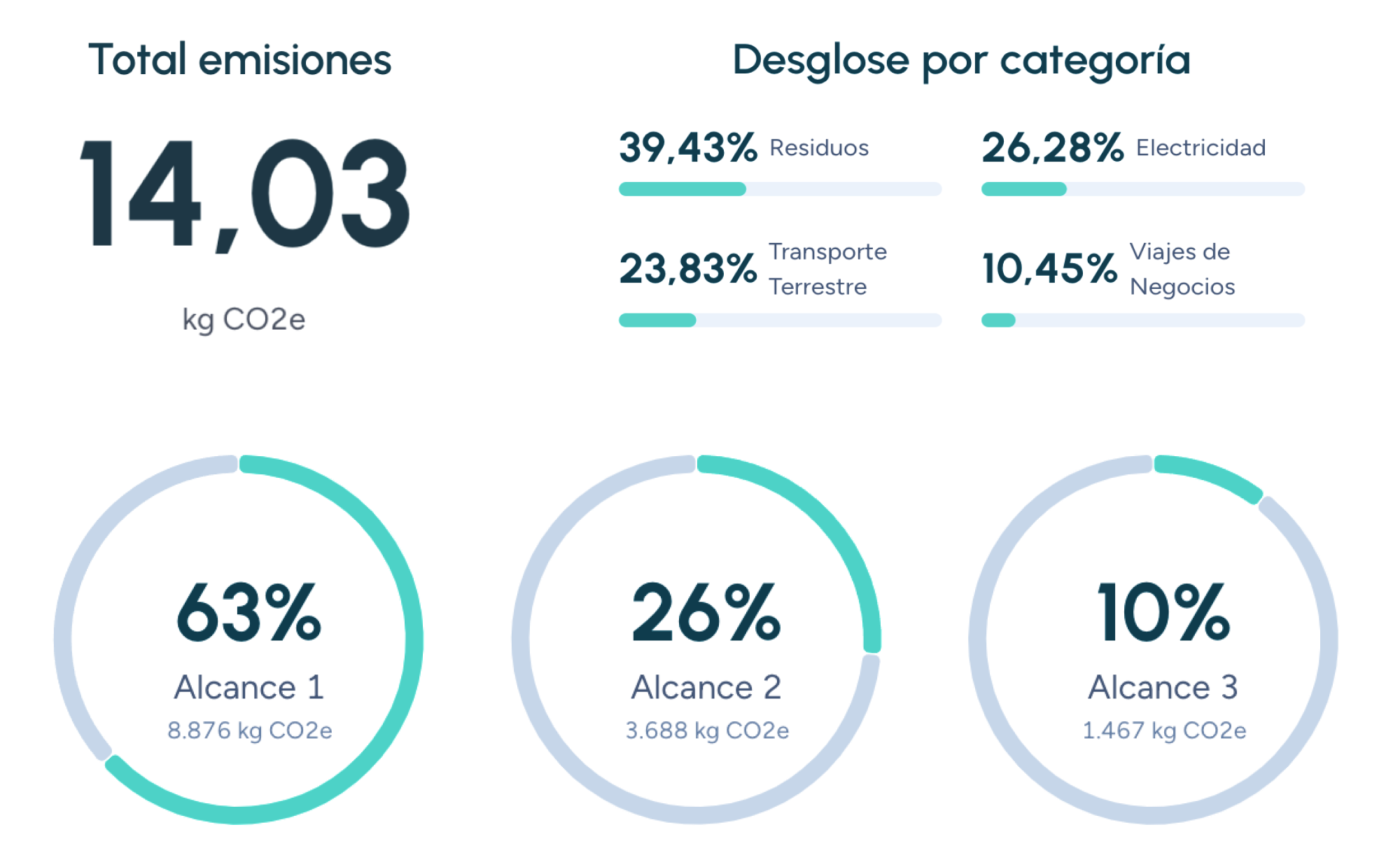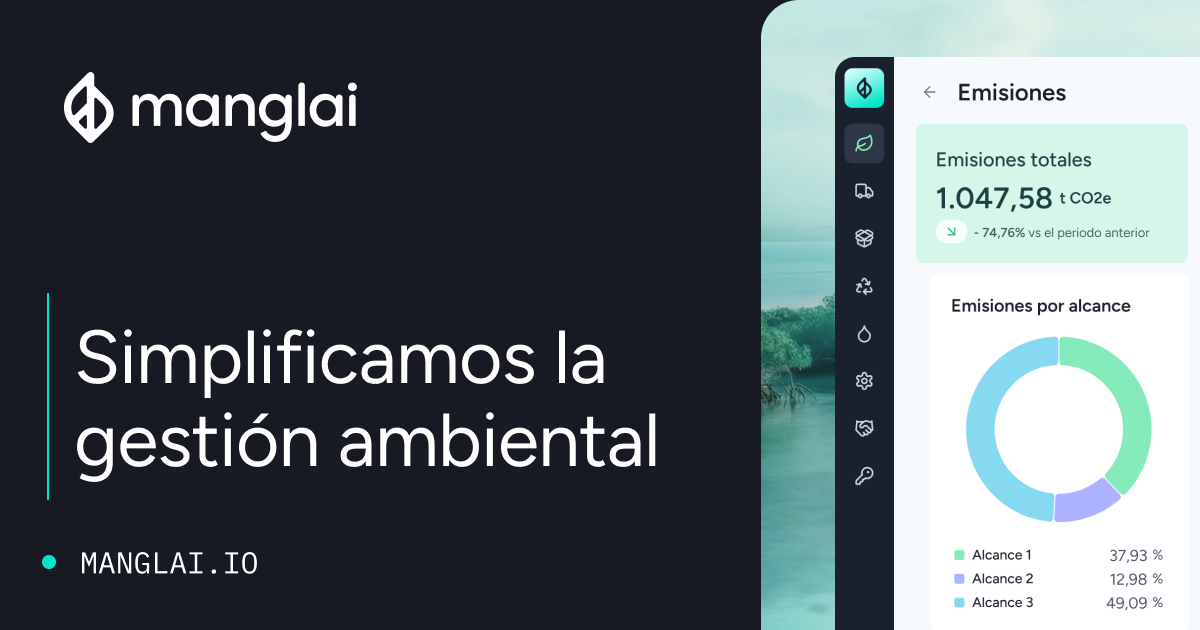C
Circular economy
The circular economy is a regenerative economic system that aims to keep resources in use for as long as possible, extracting the maximum value from them while in circulation. Once a product reaches the end of its life, its materials are reintroduced into the production cycle, thus minimizing waste generation and reducing the need for extracting new resources.
Principles of the circular economy
The Ellen MacArthur Foundation, a leading organization in circular economy promotion, defines its three core principles:
- Design out waste and pollution: Products and services are designed from the start to minimize waste and pollution throughout their entire life cycle.
- Keep products and materials in use: Prioritizing reuse, repair, and remanufacturing to extend the lifespan of goods.
- Regenerate natural systems: Encouraging practices that restore and enhance ecosystems, such as regenerative agriculture and reforestation.
Benefits of the circular economy
Environmental benefits
- Carbon footprint reduction: By reducing raw material extraction and waste generation, circular practices significantly lower greenhouse gas (GHG) emissions.
- Conservation of natural resources: Decreases pressure on finite resources such as water, minerals, and fossil fuels.
- Pollution reduction: Limits air, water, and soil pollution by avoiding waste and emissions.
Economic benefits
- Job creation: Supports new employment opportunities in reuse, recycling, and remanufacturing sectors.
- Innovation and competitiveness: Drives sustainable product and process innovation, enhancing business resilience and market positioning.
- Cost savings: Reusing materials and reducing waste lowers production costs.
The circular economy and the carbon footprint
The circular economy plays a key role in reducing the carbon footprint, which measures the GHG emissions associated with a specific activity, product, or service. Through smarter resource use and waste prevention, the circular economy contributes to emissions reductions in several stages:
- Extraction and production: Reuse and remanufacturing require less energy and raw materials than creating new products, resulting in a smaller carbon footprint.
- Transportation: Local production and consumption models in a circular economy help reduce long-distance transport emissions.
- Waste management: Recycling and composting prevent landfill methane emissions—a potent GHG—by diverting organic and recyclable waste.
Examples of circular economy in action
- Reusable packaging: Return systems for food, beverage, or cleaning product containers.
- Circular fashion: Durable clothing design, clothing rental platforms, and textile recycling programs.
- Renewable energy: Use of solar, wind, and other clean energy sources to reduce dependence on fossil fuels.
By implementing circular economy practices, businesses can not only reduce their environmental impact—especially their carbon footprint—but also unlock new opportunities for innovation, efficiency, and sustainable growth. Manglai supports companies in measuring and managing their carbon emissions, making the circular economy a practical and measurable part of their sustainability strategy.
Companies that trust us

Downcycling
Downcycling, a recycling process that transforms materials into lower-quality products, is crucial for waste management and carbon footprint reduction in the circular economy.
CBAM: EU Carbon Border Adjustment Mechanism
Analyse how the EU taxes imports according to their carbon footprint, the sectors affected, and the steps companies must take to prepare for 2026.
COP (Conference of the Parties)
The COP (Conference of the Parties) is the supreme decision-making body established under the United Nations Framework Convention on Climate Change (UNFCCC).
Guiding businesses towards net-zero emissions through AI-driven solutions.
© 2025 Manglai. All rights reserved
Política de Privacidad


